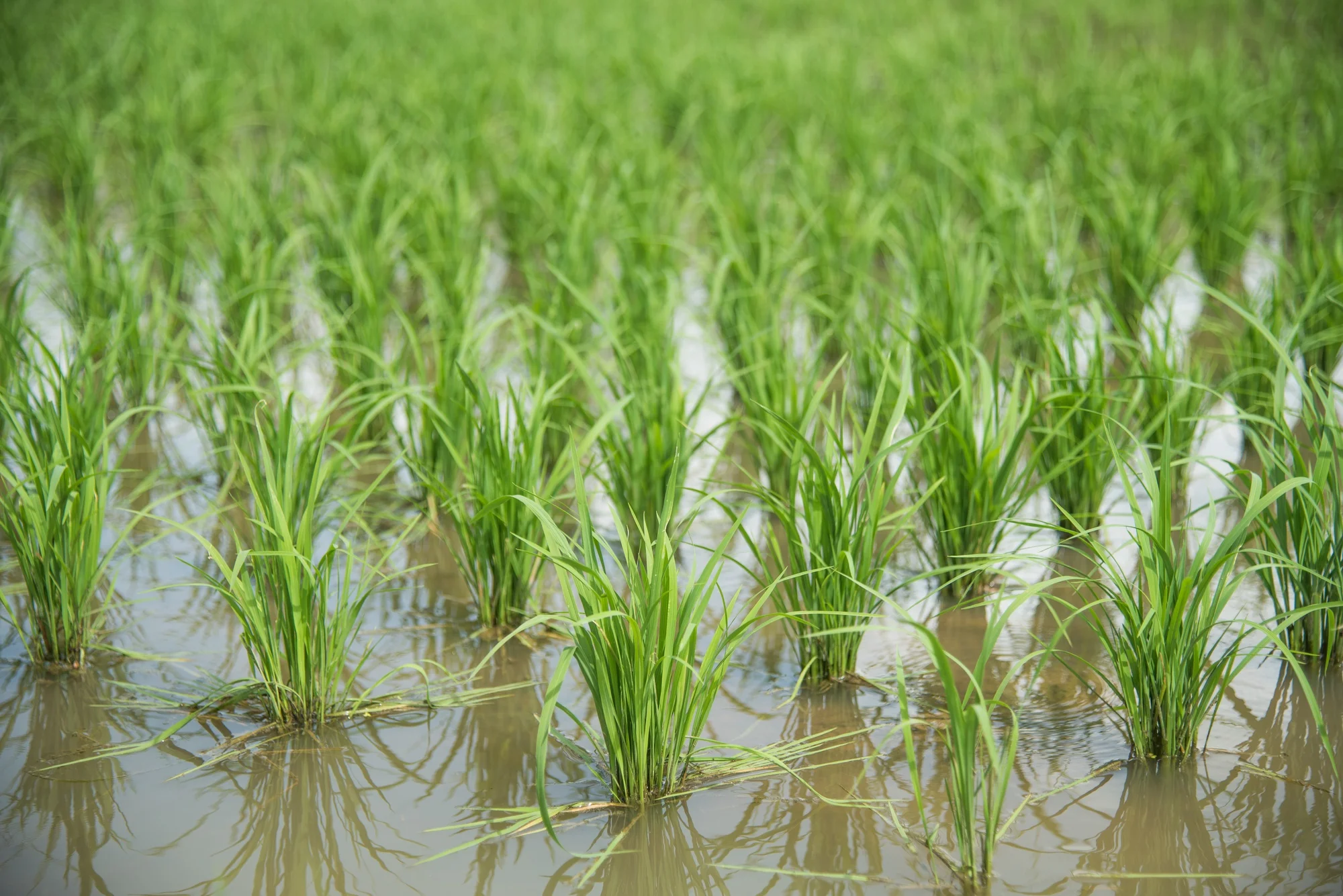The presence of microplastics (MPs) in agricultural soil has become an alarming environmental concern with potential adverse effects on soil health and agricultural productivity. Recently, a novel study published in the “Journal of Hazardous Materials” presents an intriguing solution to counteract the detrimental effects of microplastics. The research, led by Zhuang Qi-Lu and team from Liaocheng University, demonstrates that the application of phosphorus (P) fertilizer can mitigate the negative influences of microplastics on soil microbes and rice growth. This article delves into the critical findings of this study, illuminating a significant advancement in sustainable agricultural practices.
Microplastics, tiny particles resulting from the breakdown of larger plastic debris, have managed to infiltrate virtually every corner of our environment, including the critical zones of agricultural lands. These synthetic polymers have raised concerns due to their resilience and capacity to disrupt the soil’s physicochemical properties, matter circulation, and crucially, the assemblage of soil microbial communities.
In the face of these challenges, the study, accessible through its DOI: 10.1016/j.jhazmat.2023.133278, explores the interaction between microplastics—specifically low-density polyethylene (LDPE) MPs—and phosphate fertilizers in the soil. The research team assessed the conjoint effects on soil microbial communities and rice biomass, crucial for food security. LDPE MPs at a concentration of 1% were investigated alongside varying application rates of P fertilizer.
The findings, detailed in the Journal of Hazardous Materials volume 465 and article number 133278, reveal a pivotal role of P fertilizers. The presence of MPs was found to modulate the structure of soil bacterial communities, in particular, those harboring the phoD gene—a critical gene encoding for alkaline phosphatase, which is pivotal in soil phosphorus cycling. MPs were also shown to suppress the interactions among phoD-harboring microorganisms, a potentially worrying mechanism as it could lead to a disruption in the nutrient availability and soil health.
However, the study unveils a silver lining—the application of P fertilizer demonstrated a reduction in the inhibitory effects of MPs on soil microbial communities and rice growth. It appears that the fertilizer fosters enhanced nutrient uptake, evident by the observed increase in nitrate absorption, which likely counterbalanced the negative impacts of MPs.
Given the significant implications for agricultural sustainability, the study stipulates that by understanding and optimizing the use of P fertilizers, we can safeguard soil microbial health and enhance crop yield in microplastic-affected soils. While MPs contamination of soil presents a complex problem, the findings suggest that strategic nutrient management could be an effective tactic in the arsenal against microplastic pollution.
Moreover, the study’s revelation sheds light on broader ecological interactions, emphasizing the need for integrative approaches to manage soil quality and plant health in the face of pervasive environmental contaminants like MPs. Soil fertility and nutrient cycles are critical components of the ecosystem services that support food production, and understanding how to manage them in the face of novel stressors is crucial.
In terms of practical applications and future directives, these insights could catalyze advances in agricultural best practices, reducing the reliance on chemical interventions by leveraging the synergistic effects of nutrients like phosphorus in contaminated soils. This could spur a movement towards more sustainable and resilient agricultural systems that embody principles of environmental stewardship and food security.
References
1. Zhuang Qi-Lu, Yuan Hai-Yan, Qi Jian-Qing, Sun Zhao-Ran, Tao Bao-Xian, Zhang Bao-Hua. (2023). Phosphorus fertiliser application mitigates the negative effects of microplastic on soil microbes and rice growth. Journal of Hazardous Materials, 465, 133278. DOI: 10.1016/j.jhazmat.2023.133278
2. [Other relevant references from the field to support the generated content and the various points made in the article]
Declaration of Competing Interest
The authors of the original study have declared that they have no known competing financial interests or personal relationships that could have appeared to influence the work reported in this paper.
Keywords
1. Microplastics in Agriculture
2. Phosphorus Fertilizer Use
3. Soil Microbial Health
4. Sustainable Crop Growth
5. Mitigating Microplastic Effects
The study underpins the need for continued research to further explore the nuanced relationships between soil amendments and contaminants. It speaks to a rare consonance between agricultural productivity and ecological preservation, presenting a possible pathway that reconciles the need for robust agricultural outputs with the imperative for environmental conservation.
